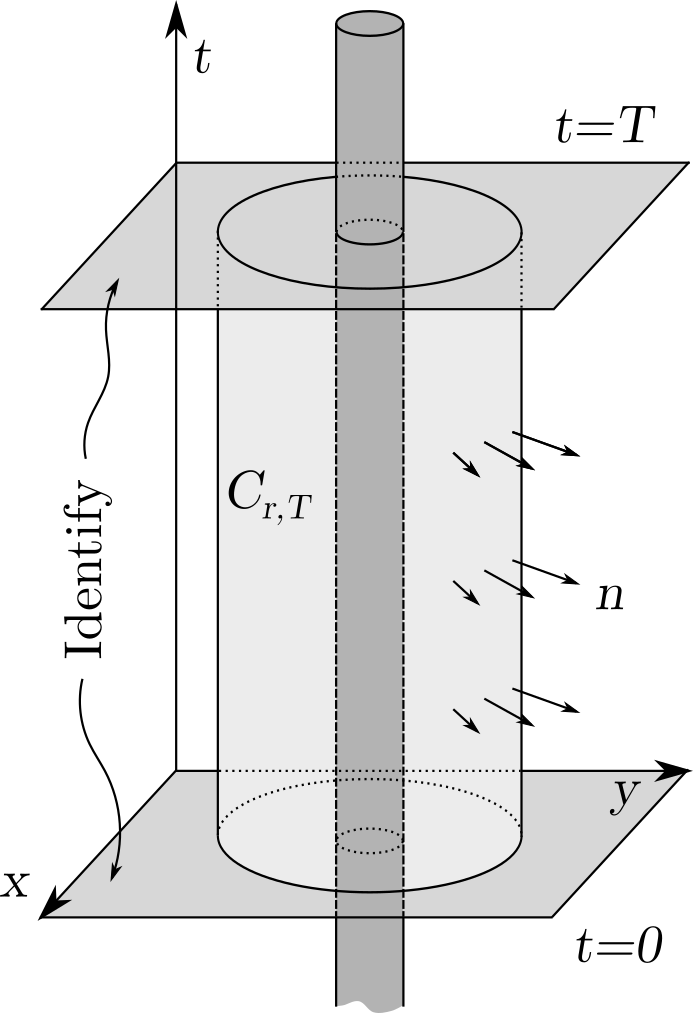Challenging the Presence of Scalar Charge and Dipolar Radiation in Binary Pulsars
Kent Yagi, Leo C. Stein, Nico Yunes
Phys. Rev. D 93, 024010 (2016) [arXiv:1510.02152] [doi:10.1103/PhysRevD.93.024010]
Corrections to general relativity that introduce long-ranged scalar fields which are non-minimally coupled to curvature typically predict that neutron stars possess a non-trivial scalar field profile. An observer far from a star is most sensitive to the spherically-symmetric piece of this profile that decays linearly with the inverse of the distance, the so-called scalar charge, which is related to the emission of dipolar radiation from compact binaries. The presence of dipolar radiation has the potential to very strongly constrain extended theories of gravity. These facts may lead people to believe that gravitational theories with long-ranged scalar fields have already been constrained strongly from binary pulsar observations. Here we challenge this “lore” by investigating the decoupling limit of Gauss-Bonnet gravity as an example, in which the scalar field couples linearly to the Gauss-Bonnet density in the action. We prove a theorem that neutron stars in this theory cannot possess a scalar charge. Thus Gauss-Bonnet gravity evades the strong binary pulsar constraints on dipole radiation. We discuss the astrophysical systems yielding the best constraints on Gauss-Bonnet gravity and related quadratic gravity theories. To achieve this we explicitly compute the scalar charge for slowly-rotating neutron stars in quadratic gravity theories. In generic case, either neutron star-binary or neutron star-black hole systems can be used to constrain the theory, but Gauss-Bonnet gravity evades the neutron star-binary constraints. However, black holes in Gauss-Bonnet gravity do anchor scalar charge. The best constraints on Gauss-Bonnet gravity will thus come from black hole observations, for example via pulsar-black hole binaries. We estimate these constraints to be ten times better than the current estimated bound, and also include estimated constraints on generic quadratic gravity theories.
This paper relied on proofs in papers which I had some difficulty finding. The more modern papers are available online: Alty, J. Math. Phys. 36, 3094 (1995) and Gilkey and Park, J. Geom. Phys. 88 (2015). However, I could not locate digital copies of the older papers of Avez, C. R. Acad. Sci. Paris 255 (1962) and Chern, An. Acad. Brasil. Ci. 35 (1963). I was able to get hardcopies of these articles scanned, which are the preceeding links. Because of the difficulty involved in finding these articles, I thought it would be helpful to others if I made them available here. Please contact me if you would like me to remove these scans from my web site.
